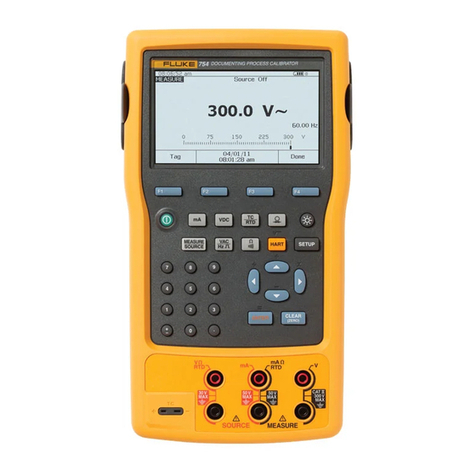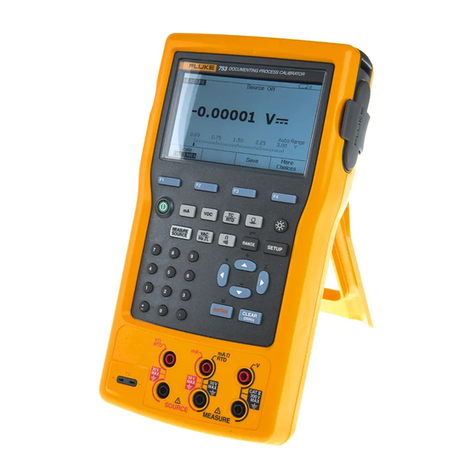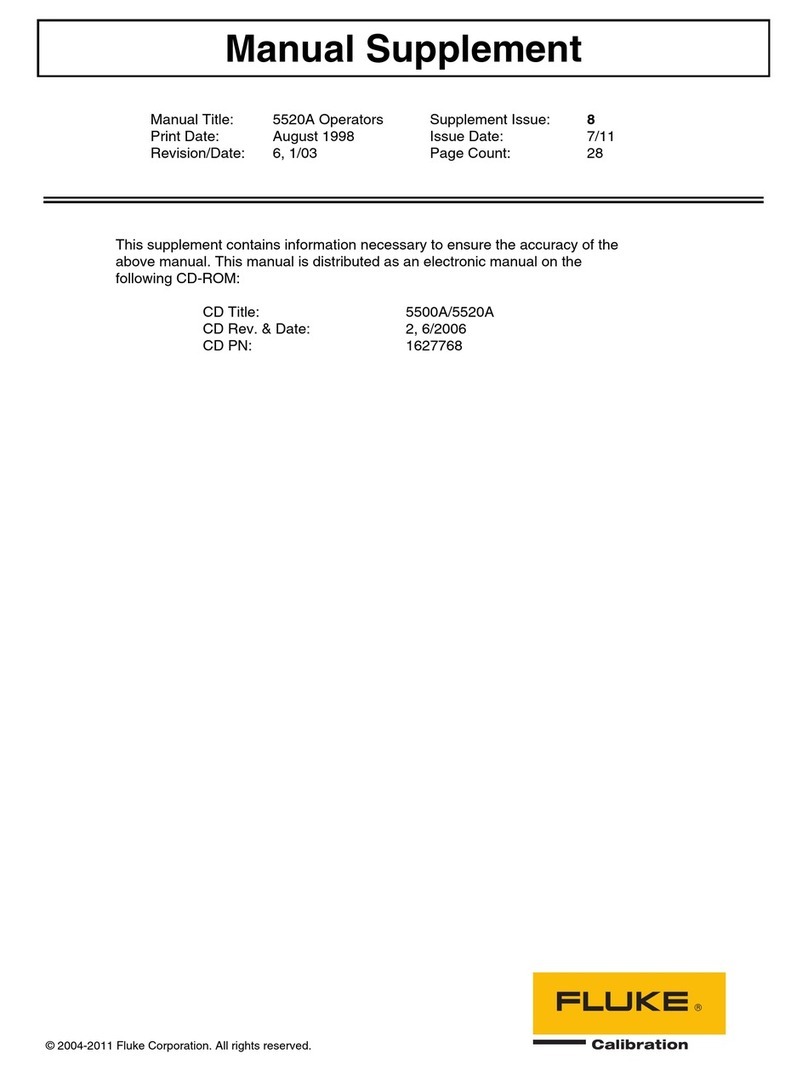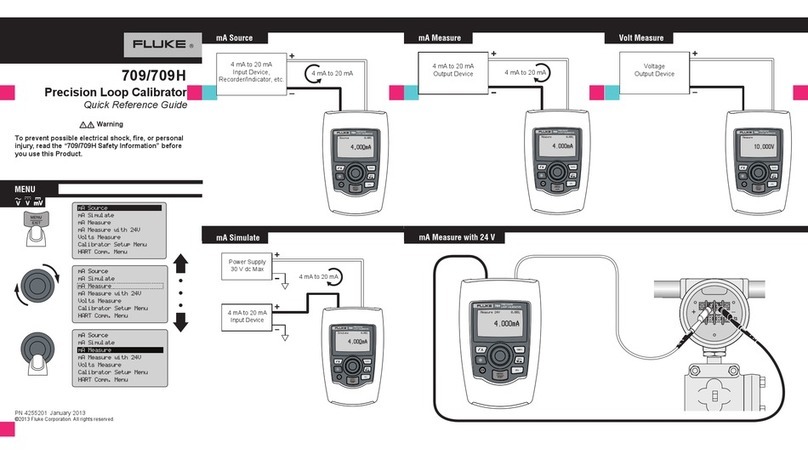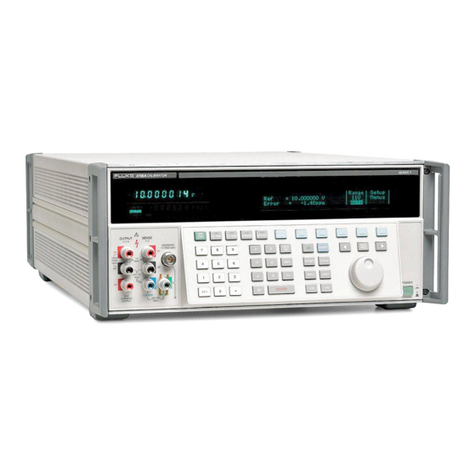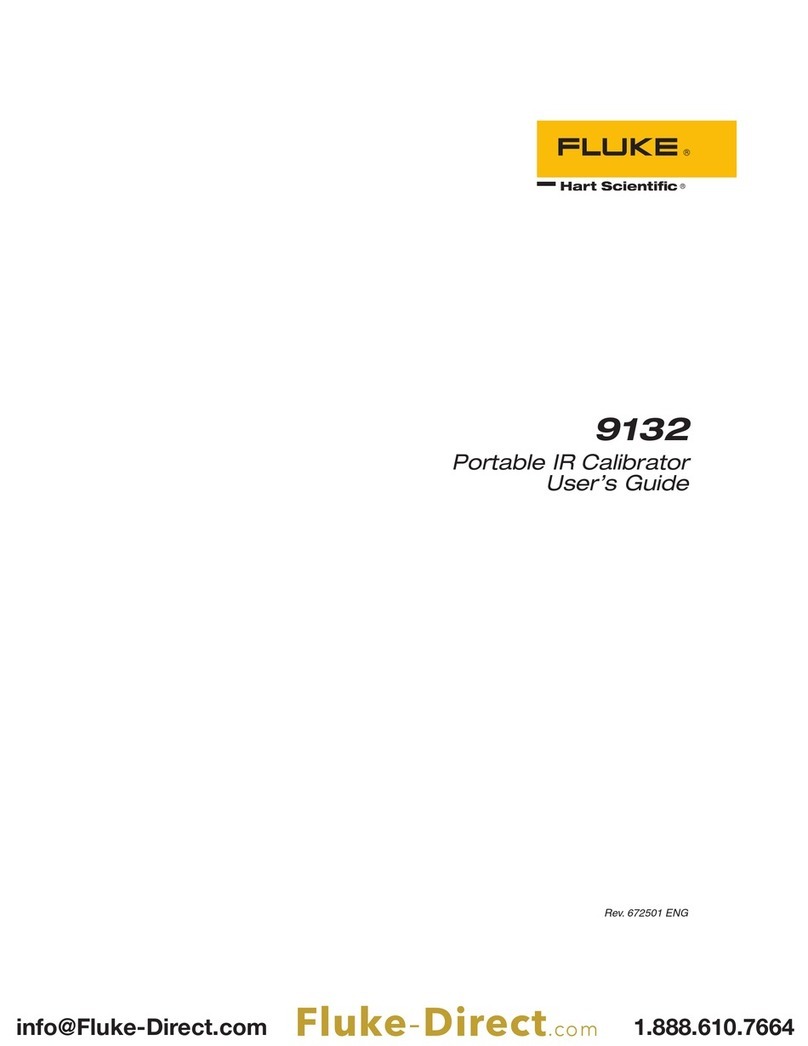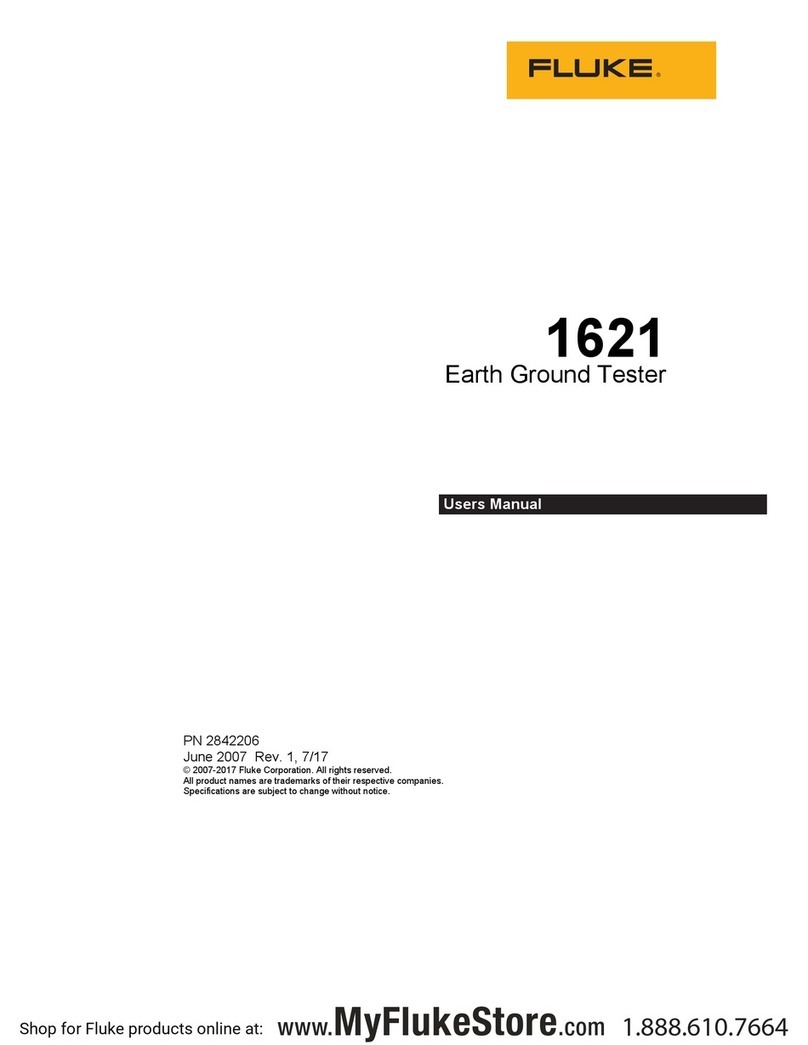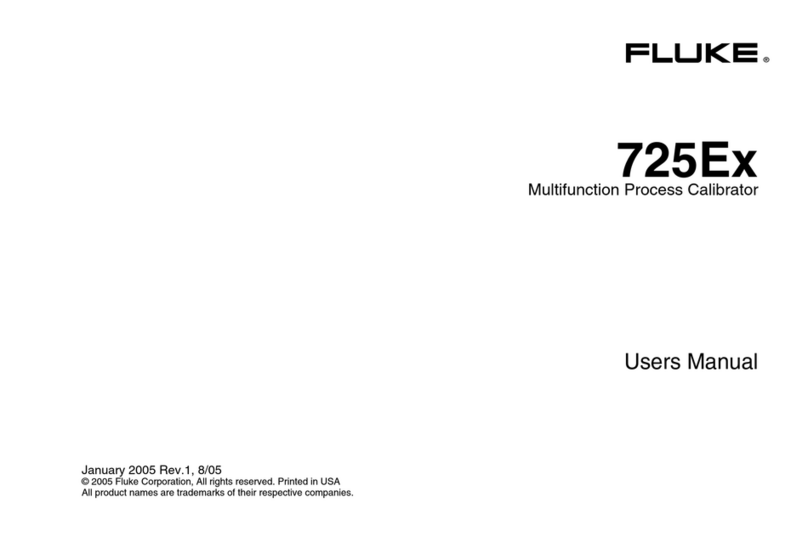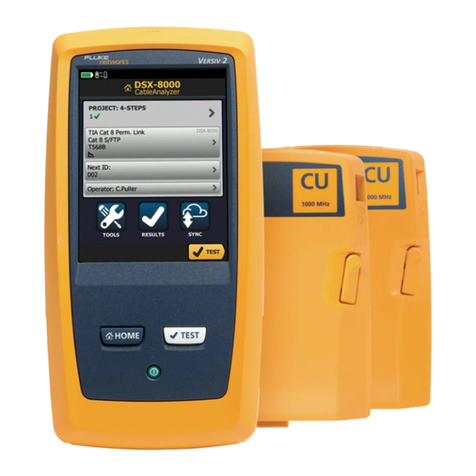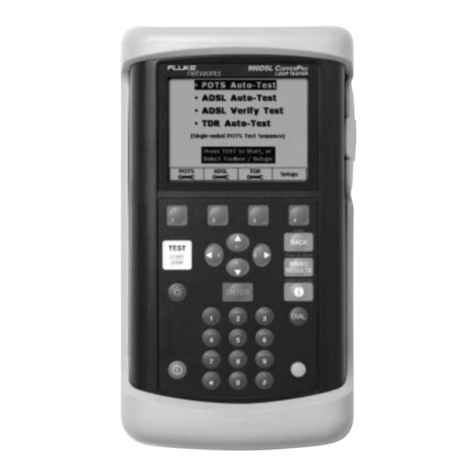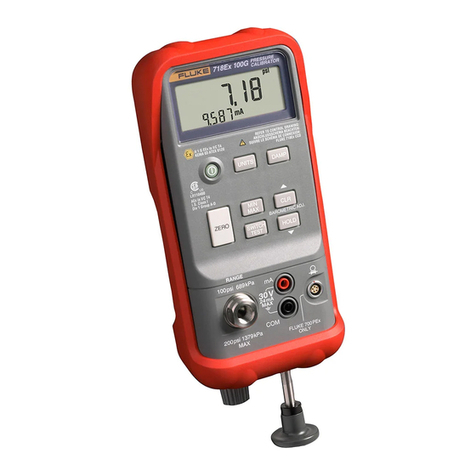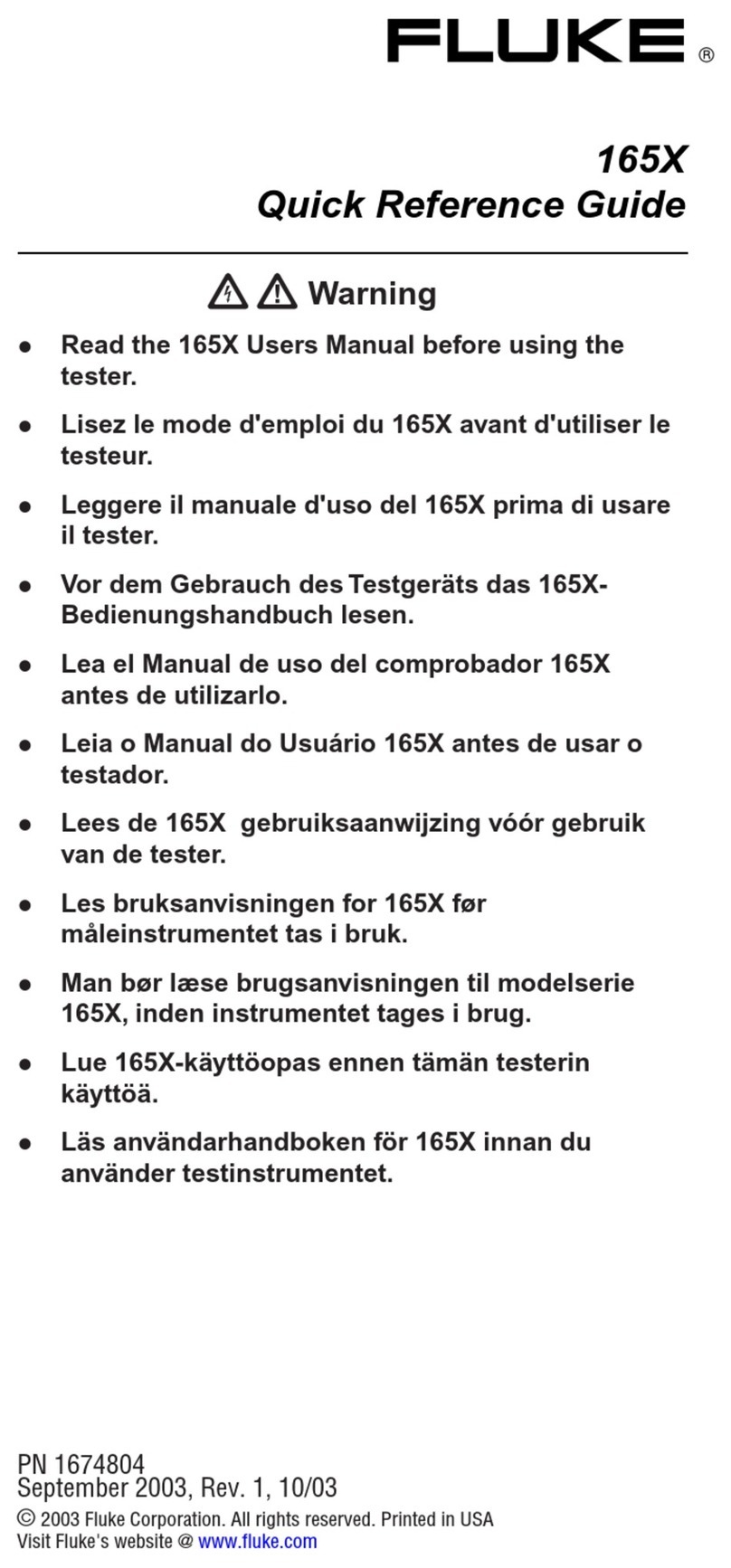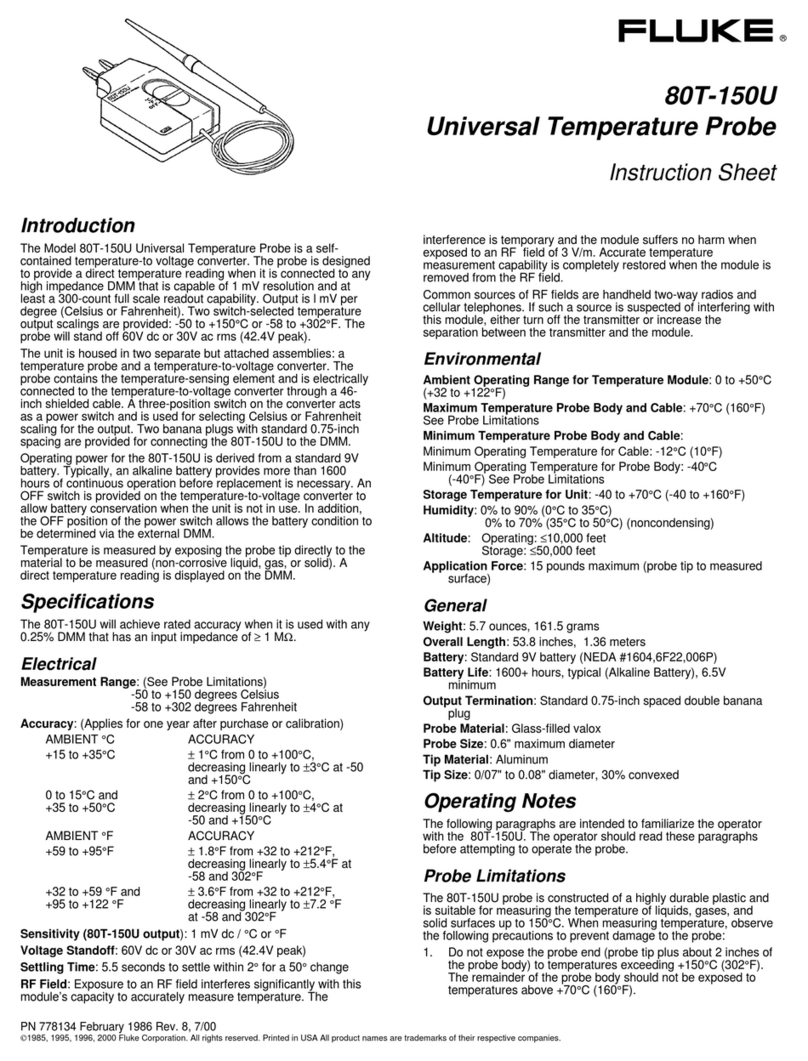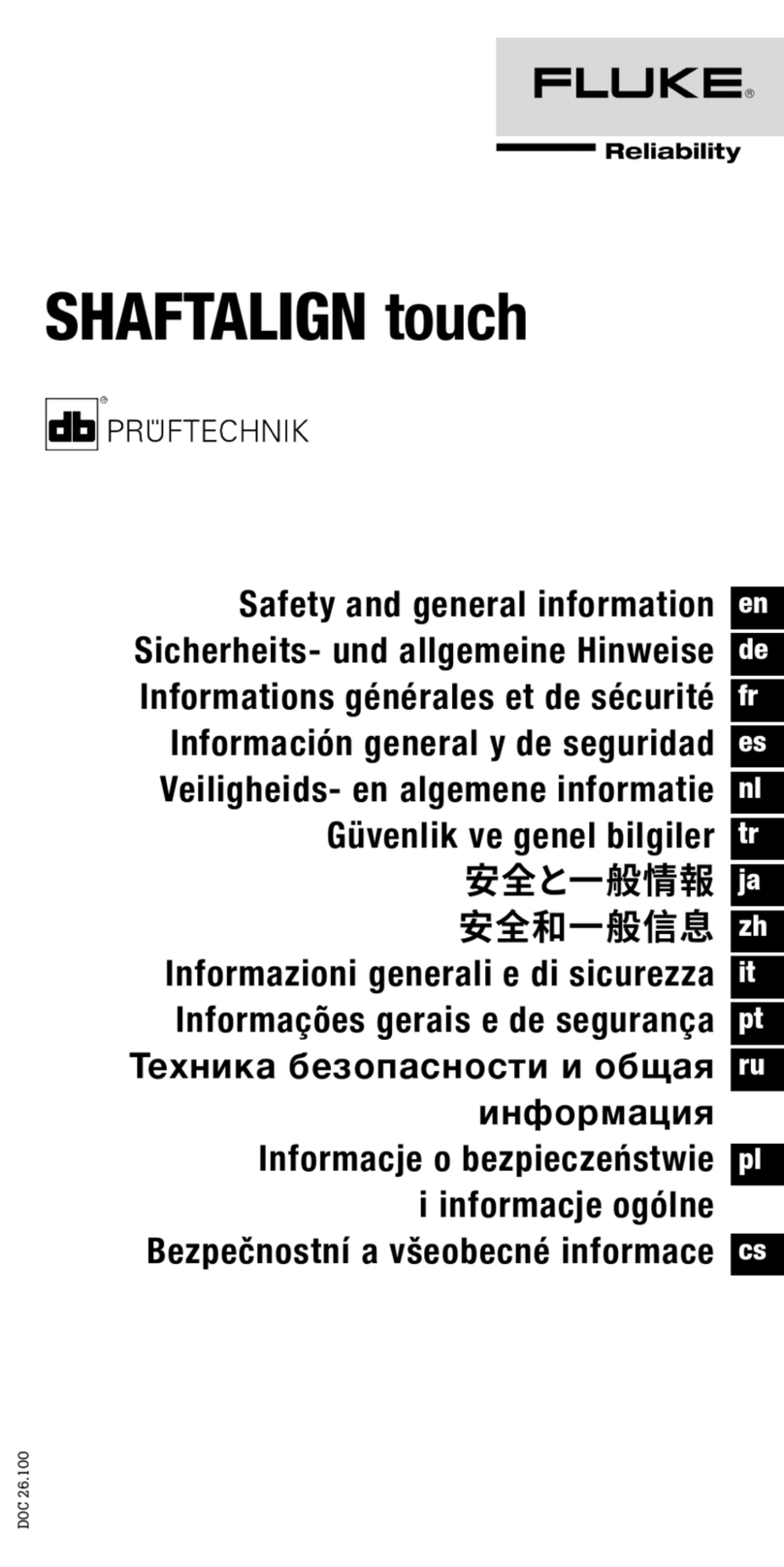
7.3 Scan . . . . . . . . . . . . . . . . . . . . . . . . . . . . . . . . . 22
7.3.1 Scan Control . . . . . . . . . . . . . . . . . . . . . . . . . . . . . . . . . . 22
7.3.2 Scan Rate . . . . . . . . . . . . . . . . . . . . . . . . . . . . . . . . . . . . 22
7.4 Set-point Resistance . . . . . . . . . . . . . . . . . . . . . . . . . 23
7.5 Secondary Menu. . . . . . . . . . . . . . . . . . . . . . . . . . . 23
7.6 Heater Power . . . . . . . . . . . . . . . . . . . . . . . . . . . . 23
7.7 Proportional Band . . . . . . . . . . . . . . . . . . . . . . . . . . 24
7.8 Controller Configuration . . . . . . . . . . . . . . . . . . . . . . 25
7.9 Operating Parameters . . . . . . . . . . . . . . . . . . . . . . . . 25
7.10 High Limit. . . . . . . . . . . . . . . . . . . . . . . . . . . . . . 25
7.11 Serial Interface Parameters . . . . . . . . . . . . . . . . . . . . . 26
7.11.1 Baud Rate . . . . . . . . . . . . . . . . . . . . . . . . . . . . . . . . . . . . 26
7.11.2 Sample Period. . . . . . . . . . . . . . . . . . . . . . . . . . . . . . . . . . 27
7.11.3 Duplex Mode . . . . . . . . . . . . . . . . . . . . . . . . . . . . . . . . . . 27
7.11.4 Linefeed . . . . . . . . . . . . . . . . . . . . . . . . . . . . . . . . . . . . . 27
7.12 Calibration Parameters . . . . . . . . . . . . . . . . . . . . . . . 28
7.12.1 Hard Cutout . . . . . . . . . . . . . . . . . . . . . . . . . . . . . . . . . . . 28
7.12.2 R0 . . . . . . . . . . . . . . . . . . . . . . . . . . . . . . . . . . . . . . . . 29
7.12.3 ALPHA . . . . . . . . . . . . . . . . . . . . . . . . . . . . . . . . . . . . . 29
7.12.4 DELTA . . . . . . . . . . . . . . . . . . . . . . . . . . . . . . . . . . . . . 30
8 Digital Communication Interface . . . . . . . . . . . . . . . . 31
8.1 RS-232 Connection . . . . . . . . . . . . . . . . . . . . . . . . . 31
8.2 Interface Commands . . . . . . . . . . . . . . . . . . . . . . . . 32
9 Test Probe Calibration . . . . . . . . . . . . . . . . . . . . . . 35
9.1 Calibrating a Single Probe. . . . . . . . . . . . . . . . . . . . . . 35
9.2 Dry-well Characteristics. . . . . . . . . . . . . . . . . . . . . . . 35
9.2.1 Stabilization and Accuracy . . . . . . . . . . . . . . . . . . . . . . . . . . . 35
10 Calibration Procedure . . . . . . . . . . . . . . . . . . . . . . 37
10.1 Calibration Points . . . . . . . . . . . . . . . . . . . . . . . . . . 37
10.2 Calibration Procedure . . . . . . . . . . . . . . . . . . . . . . . . 37
10.2.1 Compute DELTA . . . . . . . . . . . . . . . . . . . . . . . . . . . . . . . . 37
10.2.2 Compute R0 and ALPHA. . . . . . . . . . . . . . . . . . . . . . . . . . . . 38
10.2.3 Accuracy and Repeatability. . . . . . . . . . . . . . . . . . . . . . . . . . . 38
11 Maintenance . . . . . . . . . . . . . . . . . . . . . . . . . . . 39
12 Troubleshooting. . . . . . . . . . . . . . . . . . . . . . . . . . 41
12.1 Troubleshooting Problems, Possible Causes, and Solutions . . . . 41
12.2 CE Comments . . . . . . . . . . . . . . . . . . . . . . . . . . . . 42
ii
